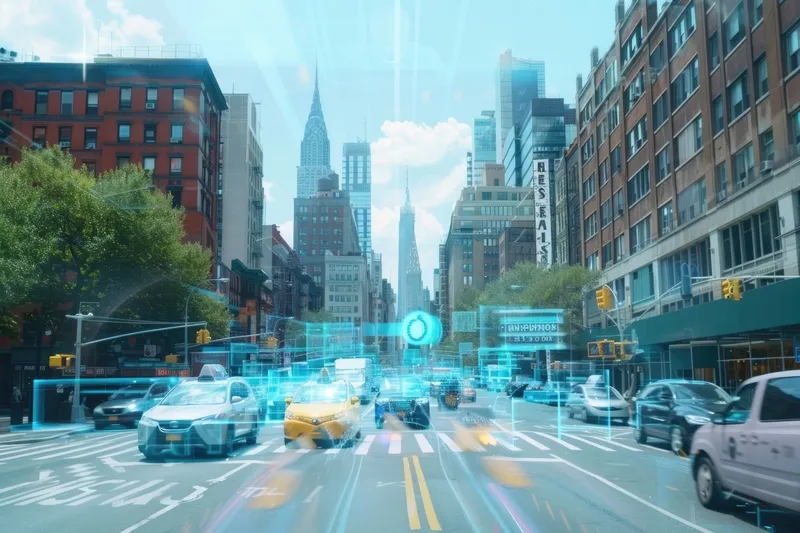Toyota Technical Center’s (TTC) general manager of the Integrated Vehicle Systems Department, Hideki Hada, has been awarded a patent for the development of vehicle speed indication using vehicle to infrastructure technology.
The idea behind vehicle speed indication using vehicle-infrastructure is to improve traffic flow by dynamically adjusting posted speed limits on highways using vehicle to vehicle communication.
The system uses Dedicated Short Range Communication (DSRC) to transmit vehicle speed t
July 11, 2014
Read time: 2 mins
The idea behind vehicle speed indication using vehicle-infrastructure is to improve traffic flow by dynamically adjusting posted speed limits on highways using vehicle to vehicle communication.
The system uses Dedicated Short Range Communication (DSRC) to transmit vehicle speed to the highway infrastructure management system, which collects that data and calculates an optimal speed of vehicles on that highway based on the traffic condition in the area. This optimal speed is sent to vehicles using DSRC wireless communication. By these vehicles following this suggested speed, the flow on the highway is improved.
For example, if there is congestion five miles ahead, by slightly slowing the vehicle speed, say from 70mph to 67mph, the arrival time of vehicles to the congested area can be delayed. This will prevent worsening congestion and can potentially resolve it, while also improving safety for drivers.
Hideki said “It is an exciting time for us because both the industry and government are working together to realize this vehicle-to-infrastructure wireless communication technologies in the US (i.e. 5.9GHz DSRC). Toyota has been contributing a large scale field operational test of this 5.9GHz DSRC technology at our Ann Arbor campus and proven the feasibility of this technology which can contribute to the improvement of vehicle safety and create the foundation for future connected-and-automated driving systems.”







